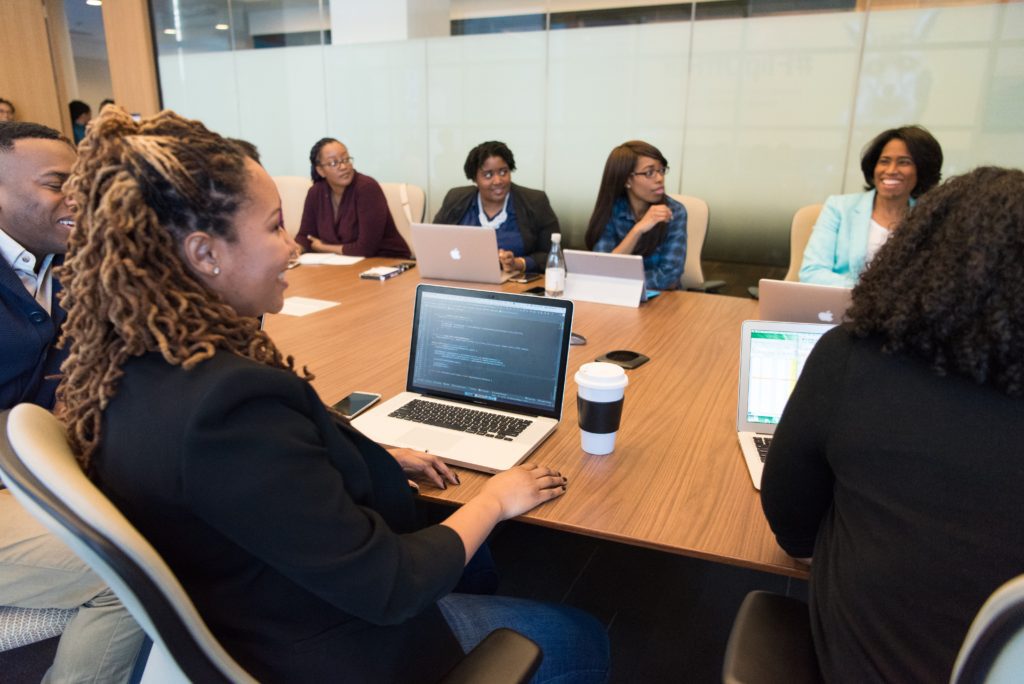We’ve figured out how to keep departments connected with video meetings and messaging apps. We’ve learned to use cloud technology to collaborate in real-time. The hybrid office model is here to stay, with companies taking tech up a notch to keep productivity up and their teams moving forward.
But what about the bigger, more personal picture for today’s employees? How can workers continue to build a career strategy without the traditional methods available? Networking events, mastermind groups, and continuing education programs were shelved in 2020, leaving a tremendous gap for professionals looking to evolve and organizations that count on their participation (and dues) to survive.
Professional trade organizations offer valuable developmental building blocks to members like industry information, networking opportunities, advocacy, continuing education, and annual conferences. Now, many are finding innovative ways to continue offering member services while reimagining those that have traditionally transacted in person.
Here are three ways professional organizations can build for an even more successful 2022:
1: Create exceptional digital content
A recent study on the current state of trade organizations found that despite the challenges of the past year, many groups report member engagement on the rise with loyalty remaining strong.
Members agree. When asked why their interaction with professional membership organizations increased this year, 48% of those surveyed credited the availability of more online resources. With an emphasis on these virtual offerings, now is not the time to experiment with an improvised digital campaign. Online content shared with members needs to be relevant, engaging, and experiential, not to mention enticing and easy to consume. Professional organizations need to think through a comprehensive digital strategy, taking the time to create intentional content to put in front of their membership.
2: Invest in the tools to do it
Online content is only as good as the platforms used to create and distribute it. Professional organizations who want to produce exceptional hybrid or virtual events must be willing to invest in AV technology, just as they would for an in-person event. In essence, it’s really a budget reallocation. What was once spent on staging set-up and breakdown can now be shifted to quality graphics and engaging digital interface opportunities. Costs associated with keynote speaker flights and hotels can now cover an even better speaker who doesn’t need to go further than their own home to present. The AV equipment and personnel rented for an in-person event? That money is better spent on multiple cameras and upgraded editing suites to produce a high-quality digital experience.
3: Personalize member experience
As we covered in a previous post, in-person events that shift to hybrid or virtual automatically become global as attendees, speakers, panelists can be brought in from anywhere in the world. This means extended reach for professional organizations looking to raise awareness and attract new members. Conversely, it also translates into more data coming into the organization. A data capture and analysis plan that respects member (and potential member) privacy can provide a wealth of information to personalize their digital experiences going forward. This in turn creates trust and loyalty between professional organizations and those who seek guidance from them.
While membership organizations will always miss elements of the large-scale, in-person events, there are plenty of silver linings to be found and opportunities to be grasped. If you could use input on your organization’s AV tech set up for virtual or hybrid plans down the road — we got you.



